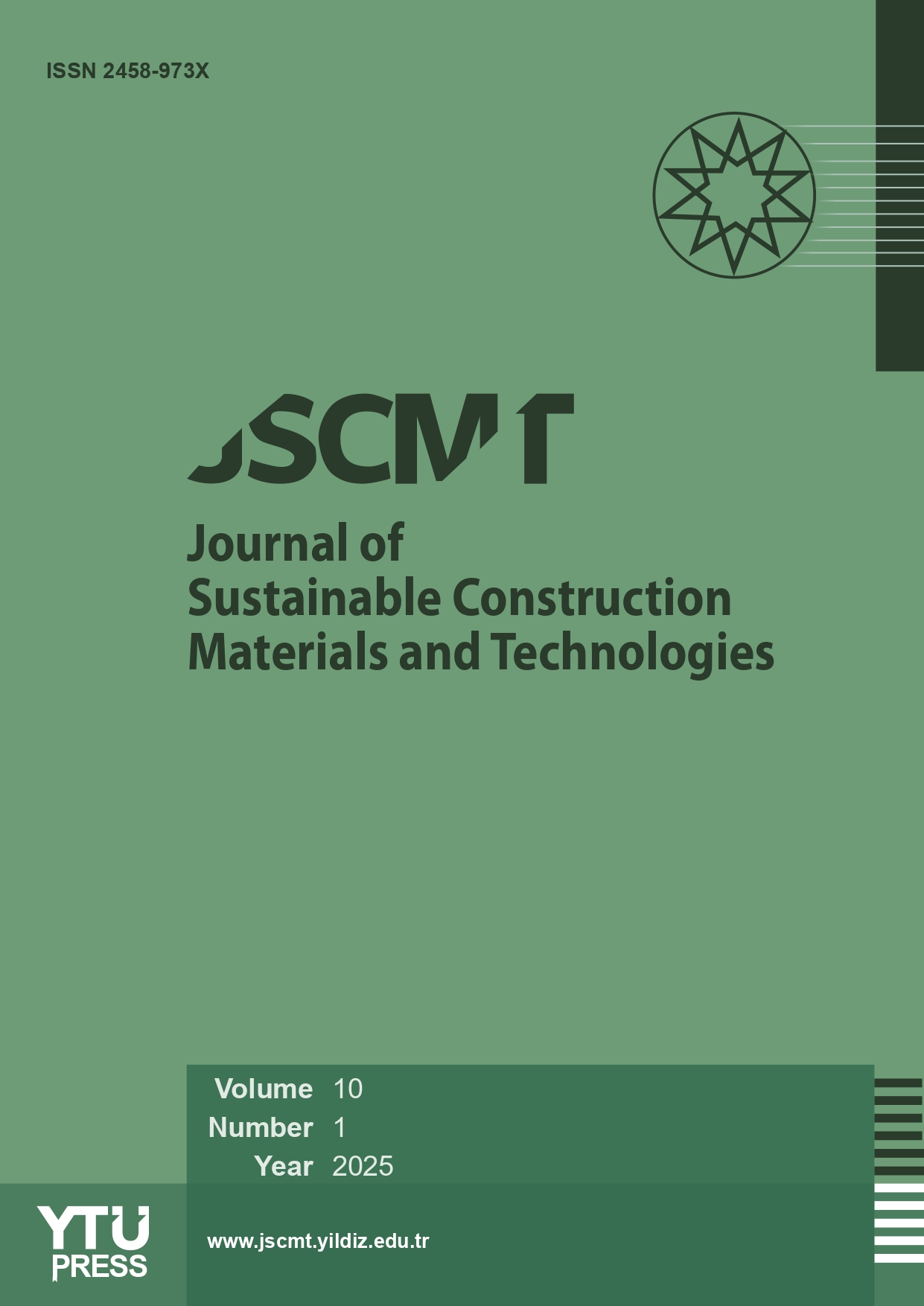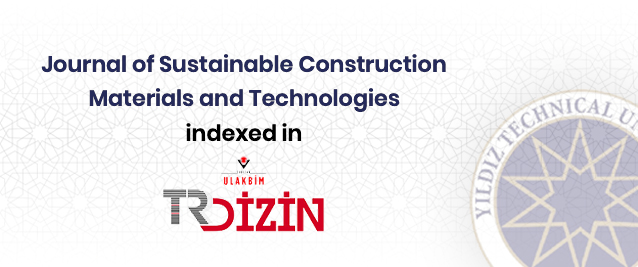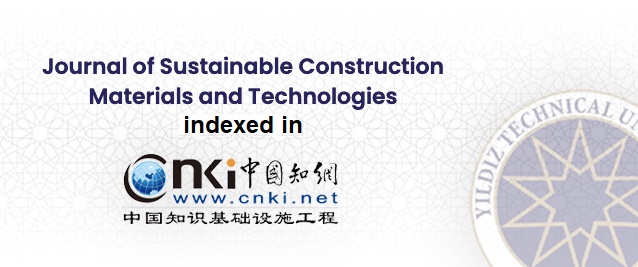2Department of Civil Engineering, Atatürk University Faculty of Engineering, Erzurum, Türkiye ARTICLE INFO
Abstract
The world's largest boron deposits are in Türkiye, Russia, and the U.S.A. Türkiye holds about 73% of the world's reserves of oil. The tincal mineral accounts for approximately 25.3% of Türkiye's boron reserves. Annually, around 900,000 tons of boron-derived waste are produced to obtain 1 million tons of borax pentahydrate from the tincal mine. This waste is stored in pools, causing considerable environmental issues. This study investigates the potential use of tincal waste, an environmental problem, in cement and concrete applications. Tincal waste (T.W.) was utilized to produce geopolymer mortar. Geopolymer samples were created by replacing ground blast furnace slag (G.B.F.S.) with 10%, 20%, 30%, and 40% tincal waste (T.W.) by weight. The mixture samples were cured at room temperature and 60 °C. After curing, the samples were exposed to high temperatures of 200 °C, 400 °C, and 600 °C. The samples' unit weight, compressive strength, ultrasonic pulse velocity (U.P.V.), and mass loss values were measured. A mathematical model was also developed to describe the relationship between compressive strength and U.P.V. before and after high temperatures. The samples underwent Fourier Transform Infrared Spectroscopy (FTIR) microstructural analysis. The results showed that using up to 20% T.W. enhanced the properties of the samples before and after high-temperature exposure. A strong correlation was found between compressive strength and U.P.V. These findings suggest that T.W. has potential as a novel material for use in geopolymer technology.
















